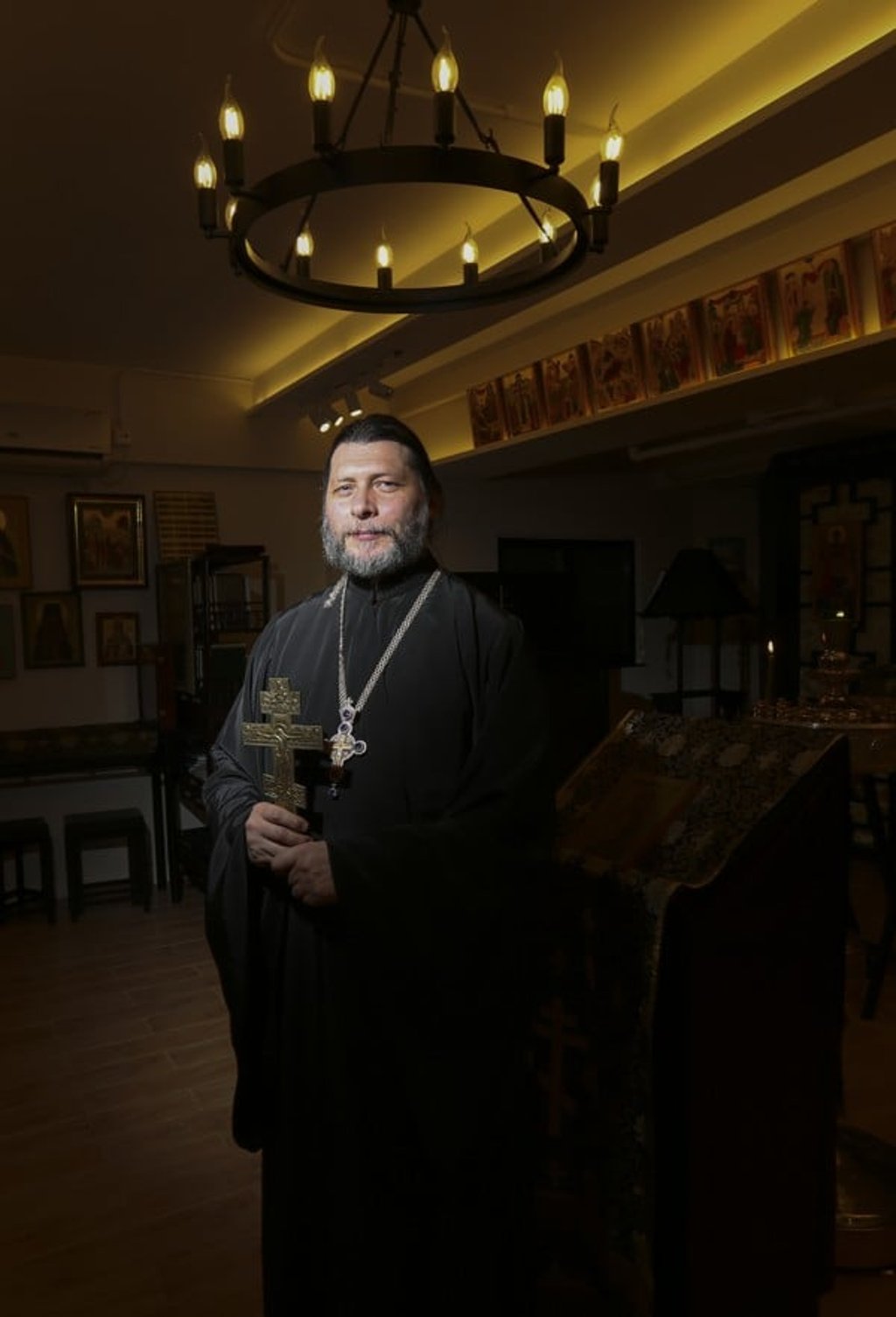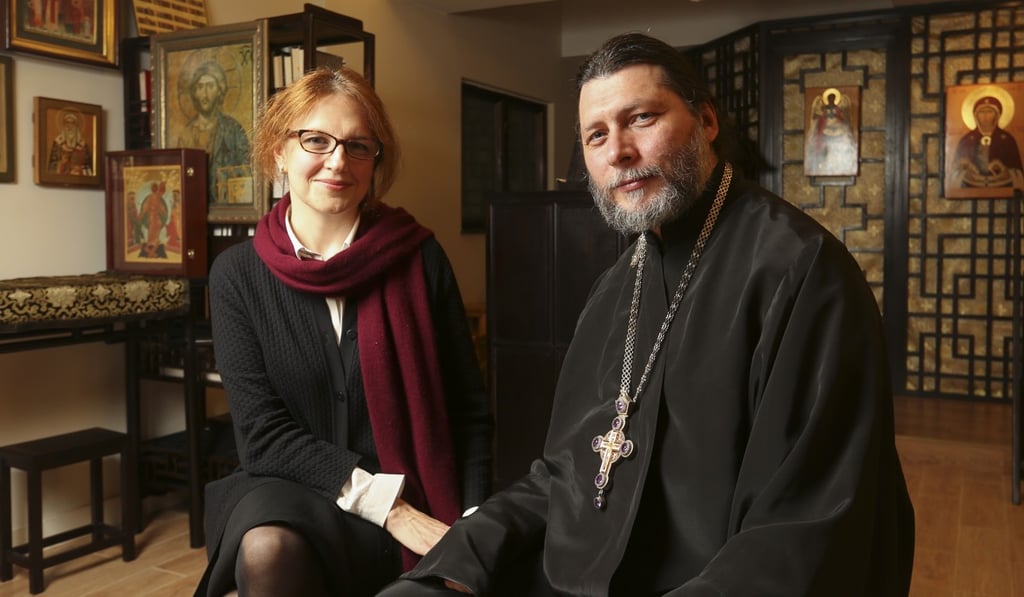How the White Russian refugee crisis unfolded in China a century ago, and the lucky ones who made it to Hong Kong
Spring 1917 saw the start of the tsarist elite’s flight from the Bolsheviks, a journey which for some ended in Hong Kong as late as the 1980s; descendants recall parents’ suffering and the flowering of city’s White Russian community
![White Russians from Sinkiang province [Xinjiang], at Man Shing Apartment, Kimberley Road, Kowloon, in 1964. Pictures: SCMP; Xiaomei Chen; AFP; courtesy of the Pio-Ulski family, Paul Atroshenko and Luba Estes](https://cdn.i-scmp.com/sites/default/files/styles/1020x680/public/images/methode/2017/05/09/6feaeba6-309f-11e7-8928-05b245c57f03_1280x720_120558.JPG?itok=TSvaKzhK)
On the 12th floor of a shabby industrial building in Sheung Wan – the unlikely home of the Saint Apostles Peter and Paul Orthodox Church, complete with gold icons, altar crosses and holy relics, where Father Denis Pozdnyaev conducts daily services for the Russian Orthodox community – the priest talks quietly about a refugee crisis that dwarfed the current tragedy in Syria and left an indelible mark on China and Hong Kong.

In February, it was reported that Hong Kong had accepted its first – and so far only – Syrian refugee and in December 2015, the United Nations High Commissioner for Refugees in Beijing told local media that only nine refugees and 26 asylum seekers from Syria had been registered in China. The country has remained largely out of reach for the 4.5 million migrants desperate to escape the horrors of war-ravaged Syria, but it was a different story 100 years ago. Then, many thousands sought sanctuary in China from the Russian civil war, some of whom would later find refuge in Hong Kong – as history continued to hound them – where they formed a vibrant community.

“There were more than 300,000 Russians in China by the mid-1920s,” says Pozdnyaev, explaining how he and his wife, Kira Pozdnyaeva, became fascinated by the history of White Russians in Hong Kong shortly after arriving from Moscow, 14 years ago.
“We decided to go to the cemetery in Happy Valley,” says Kira. “Don’t ask me why, Denis and I just like to look at cemeteries.”